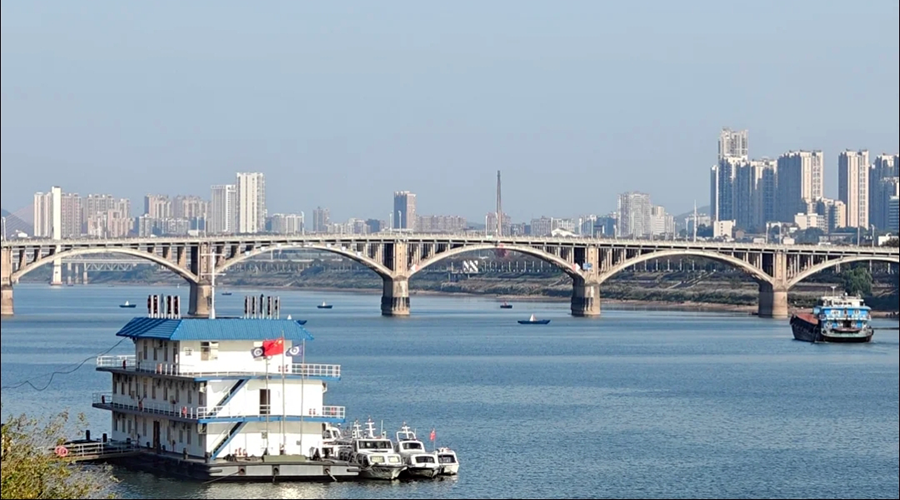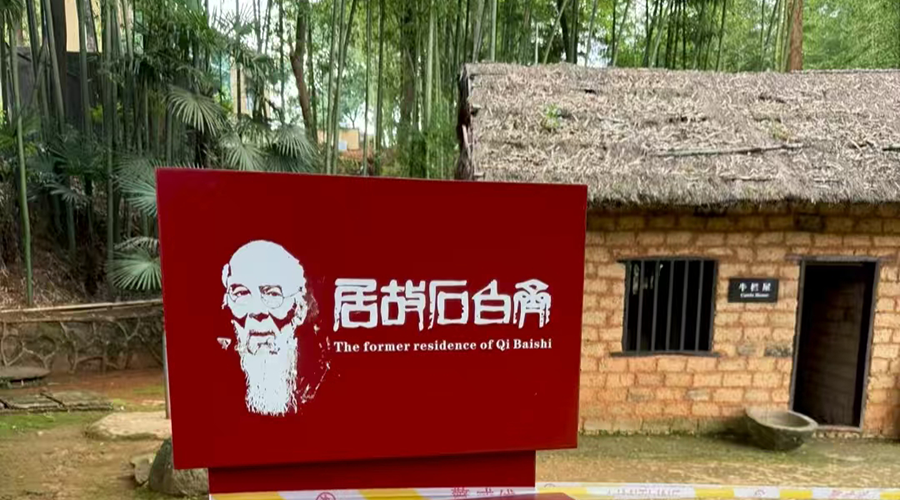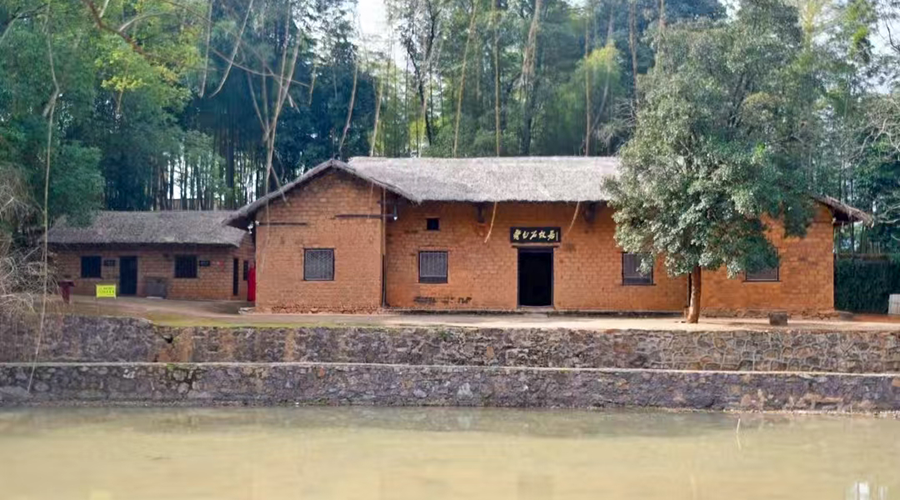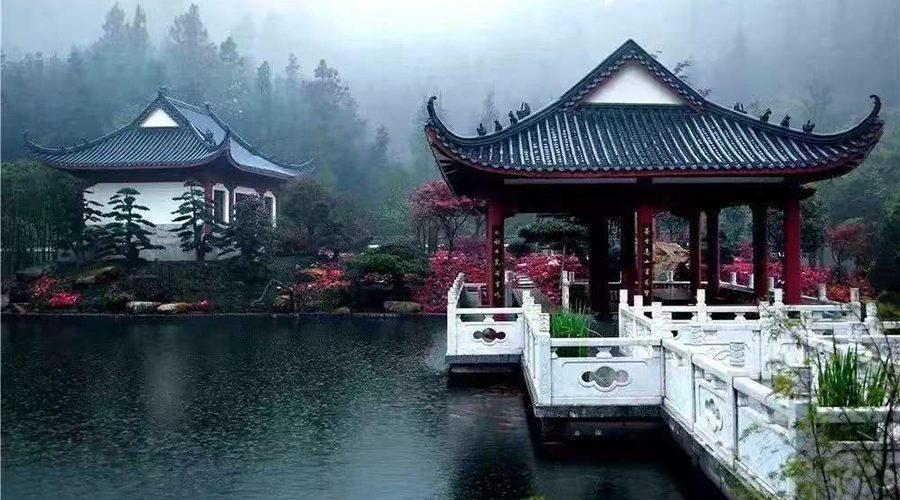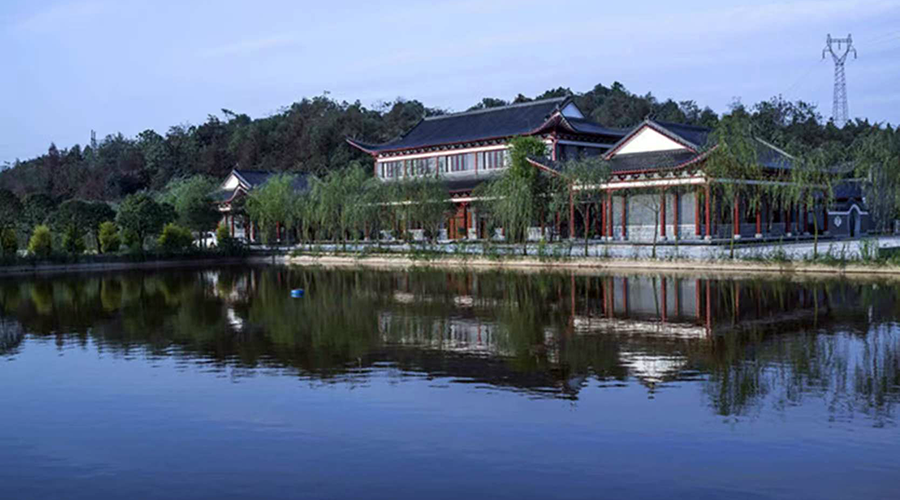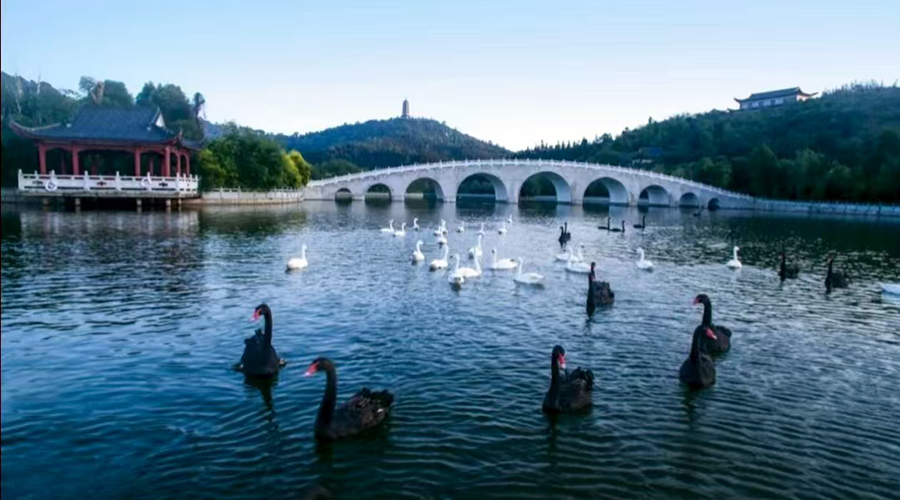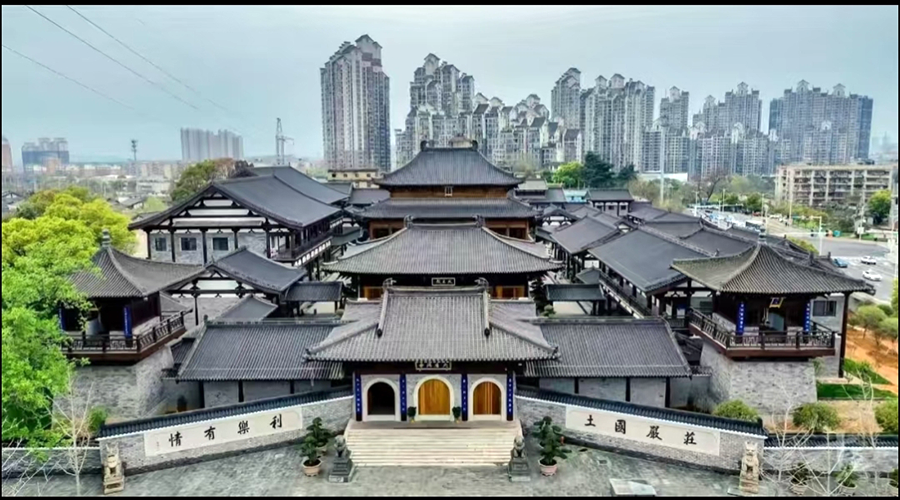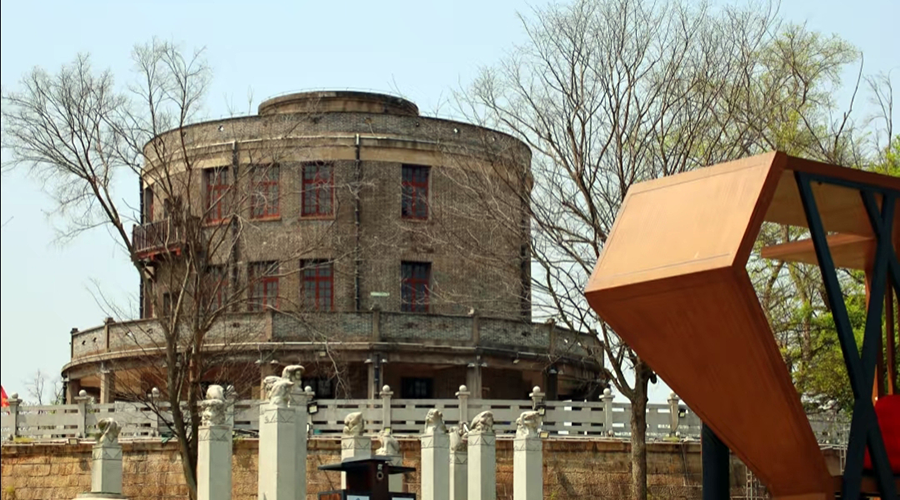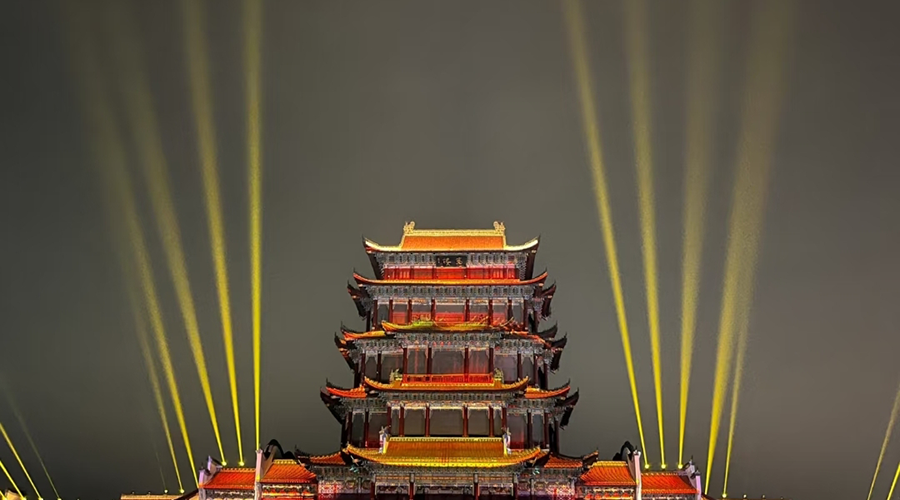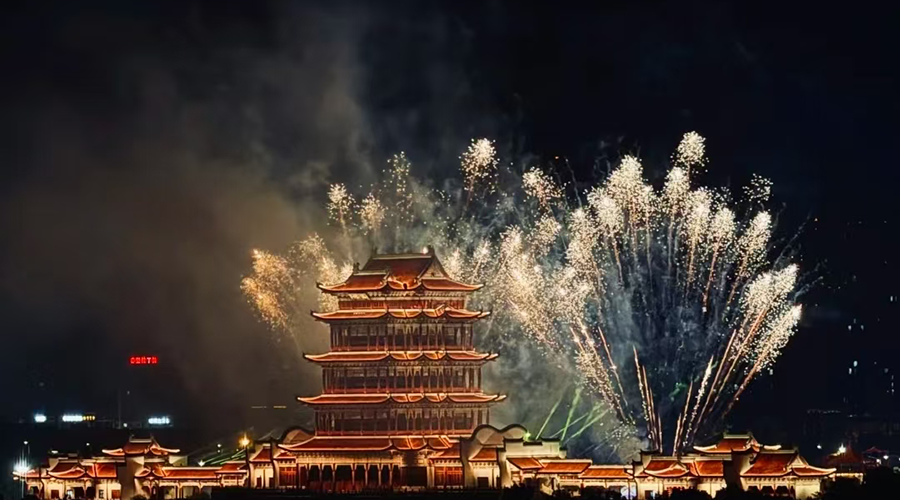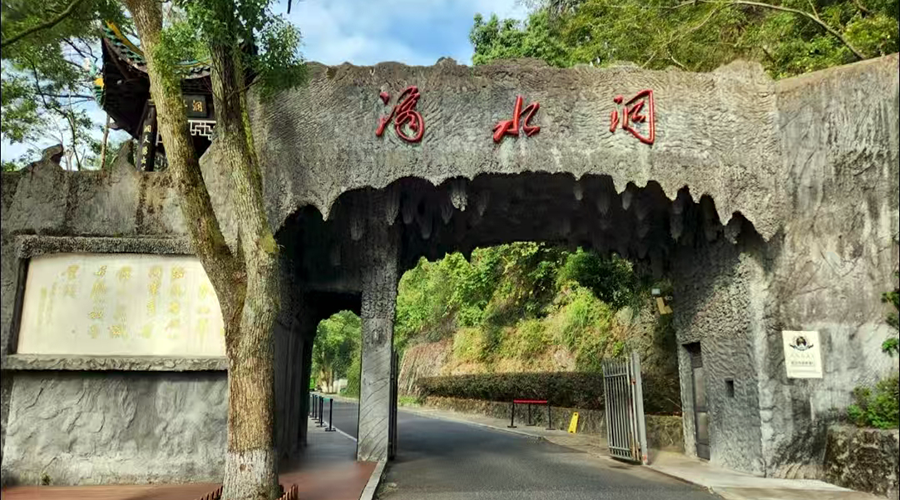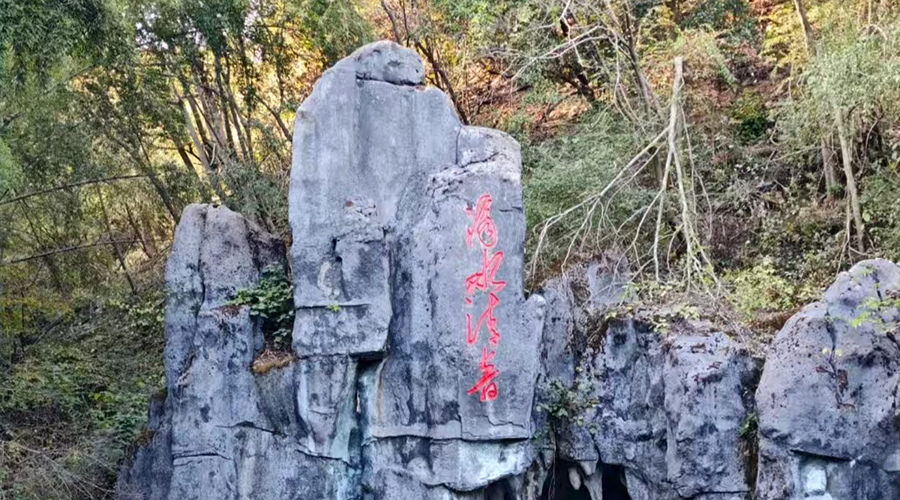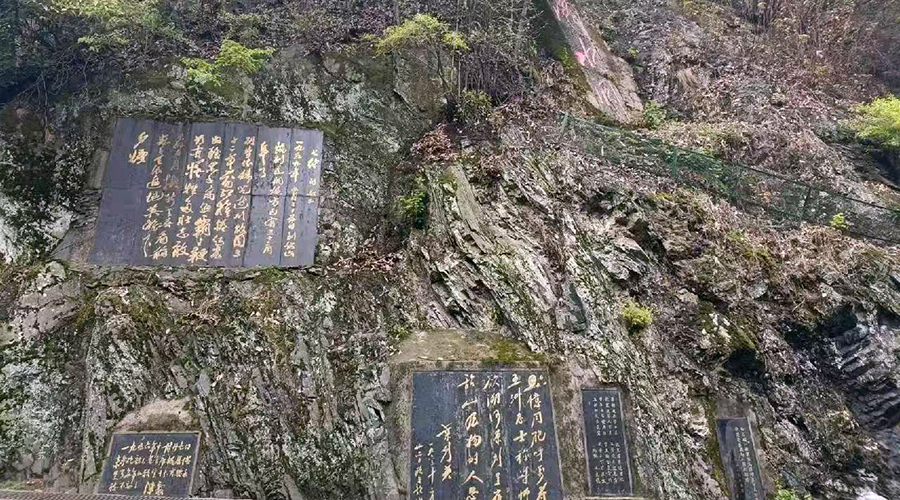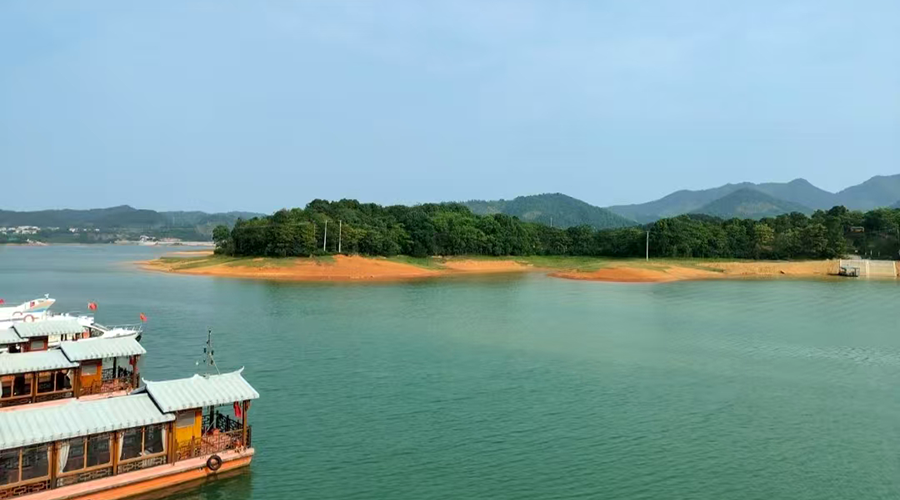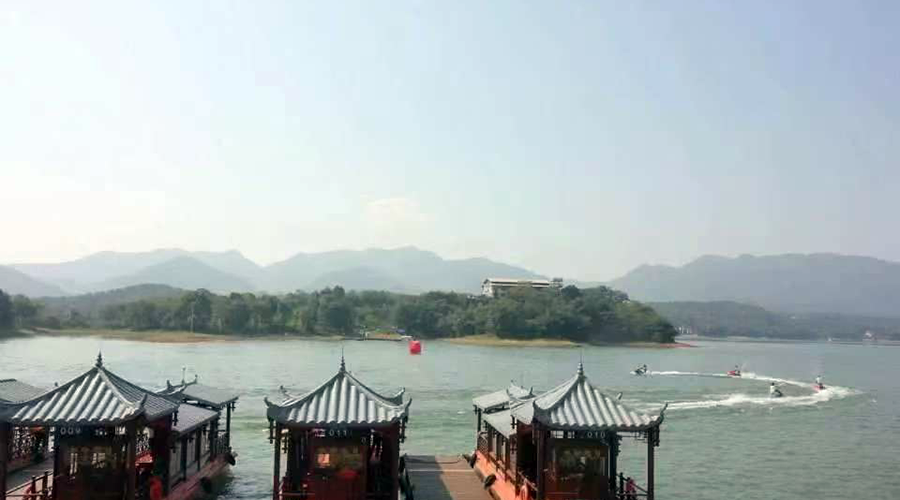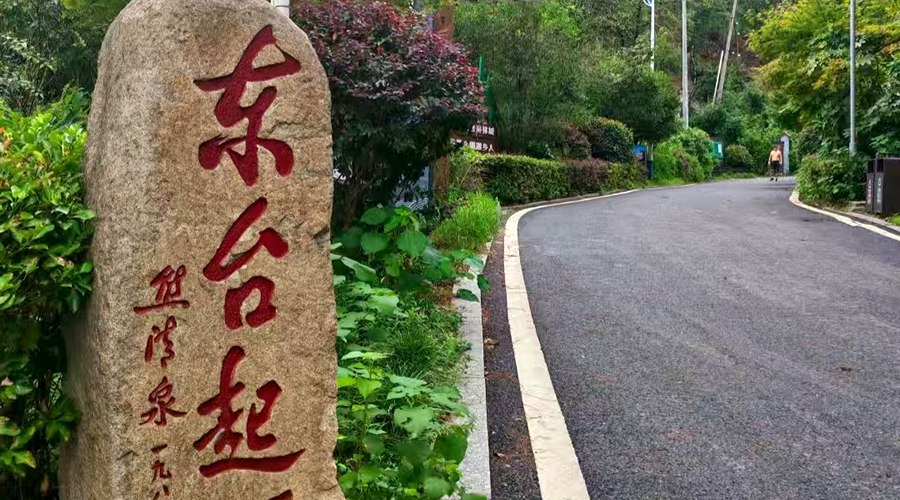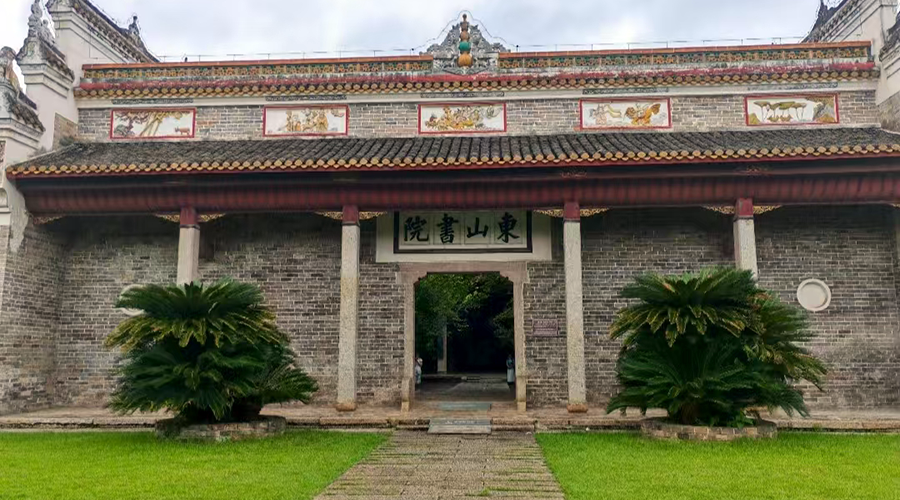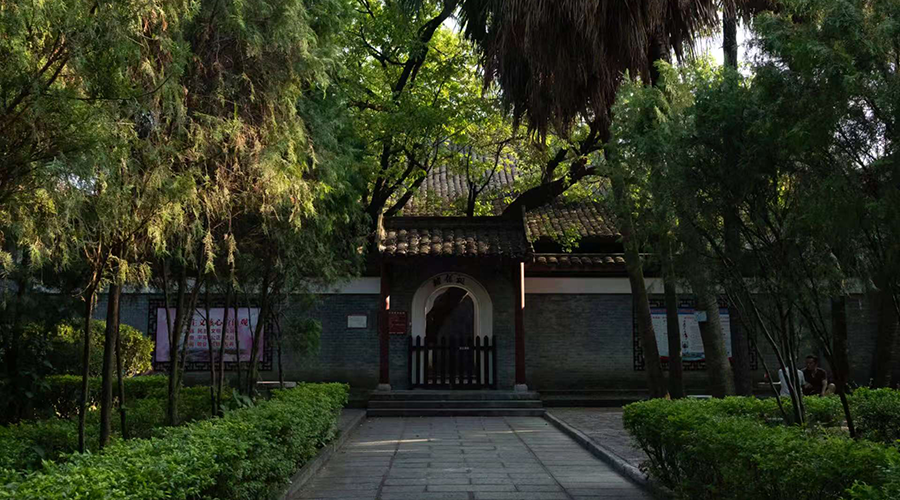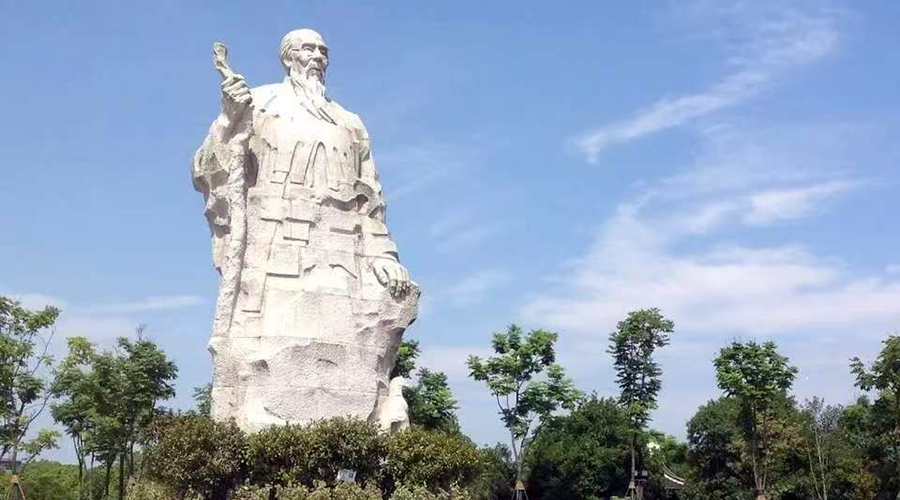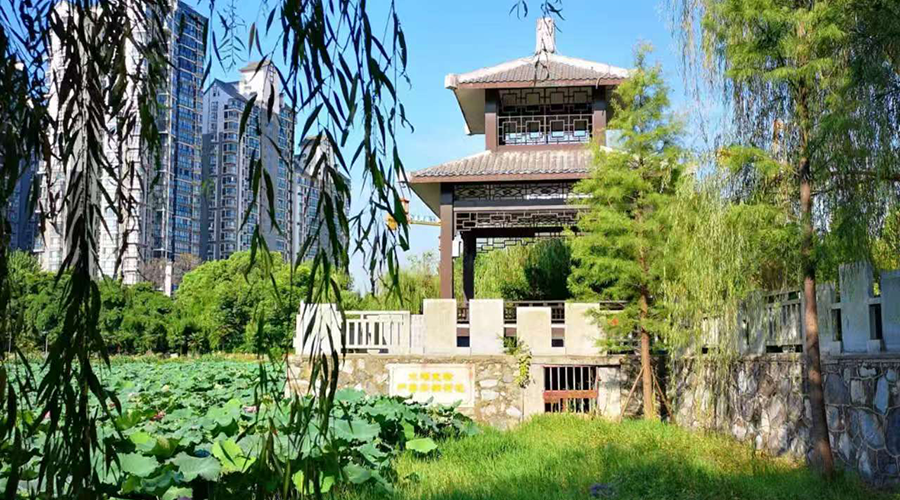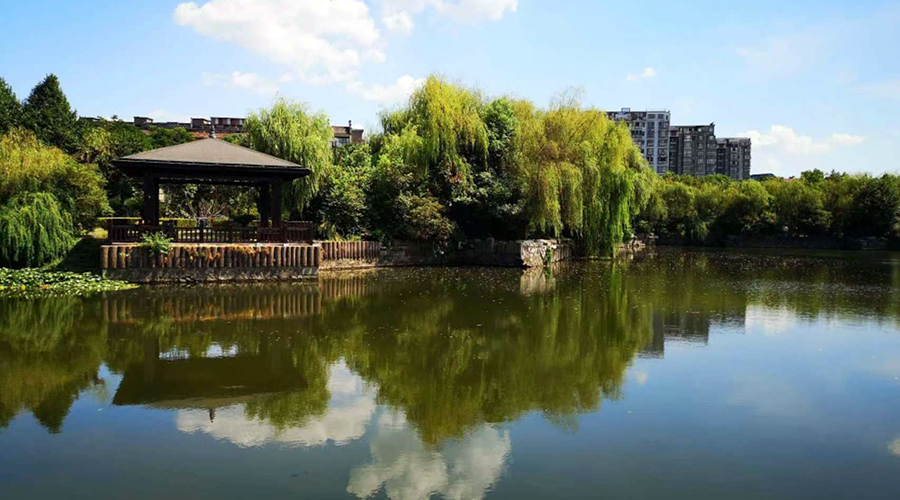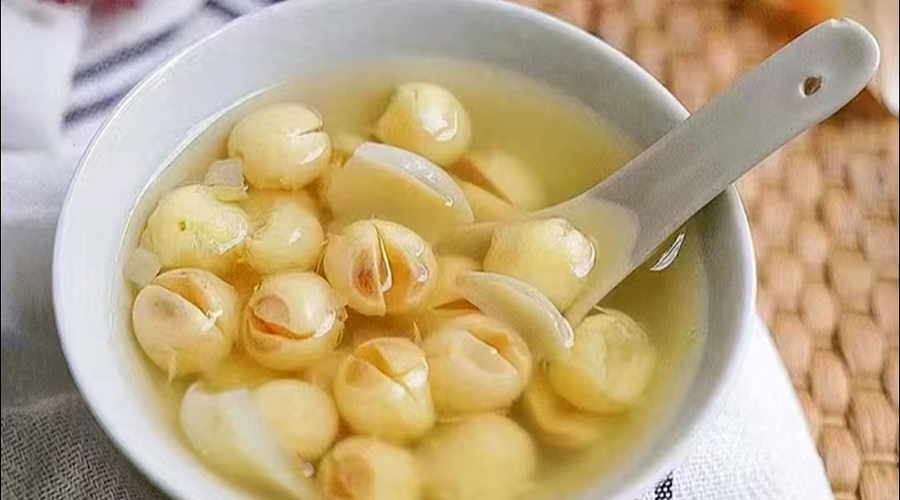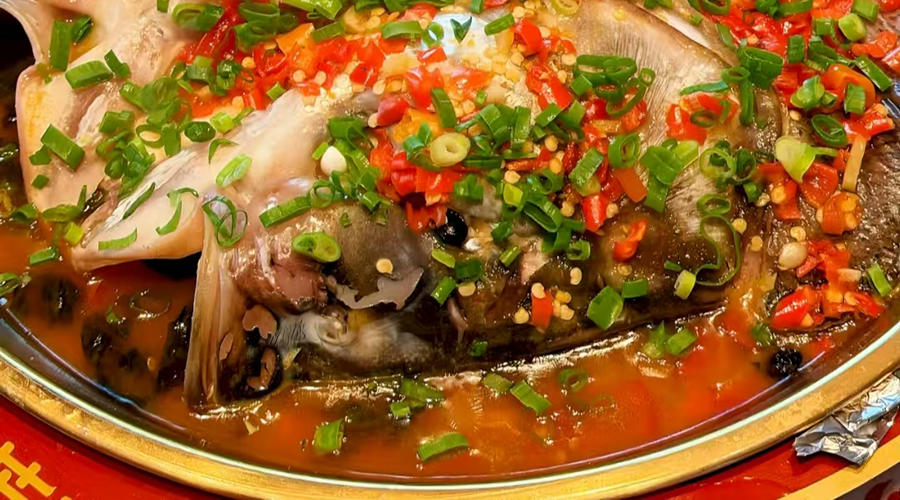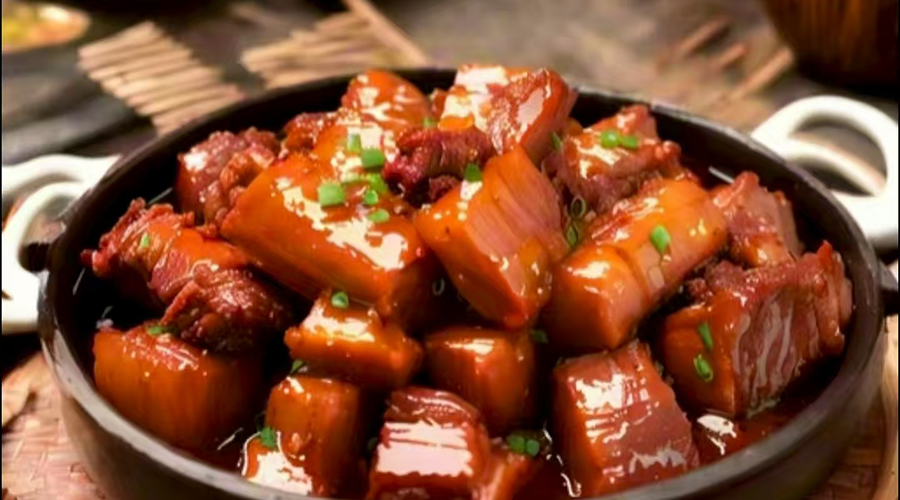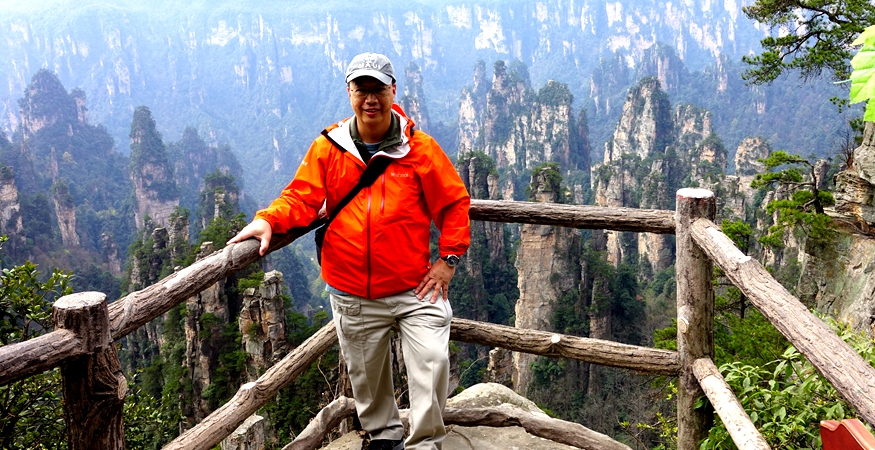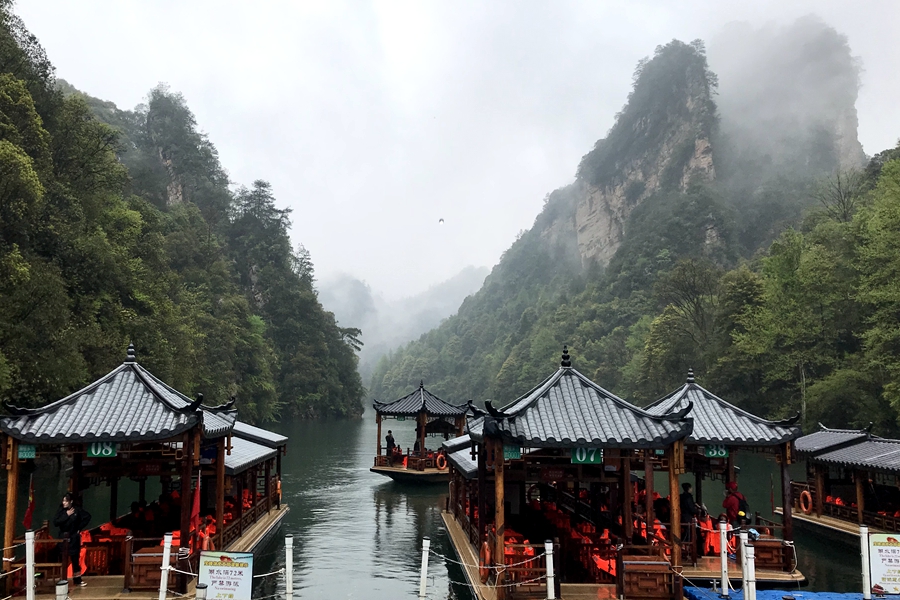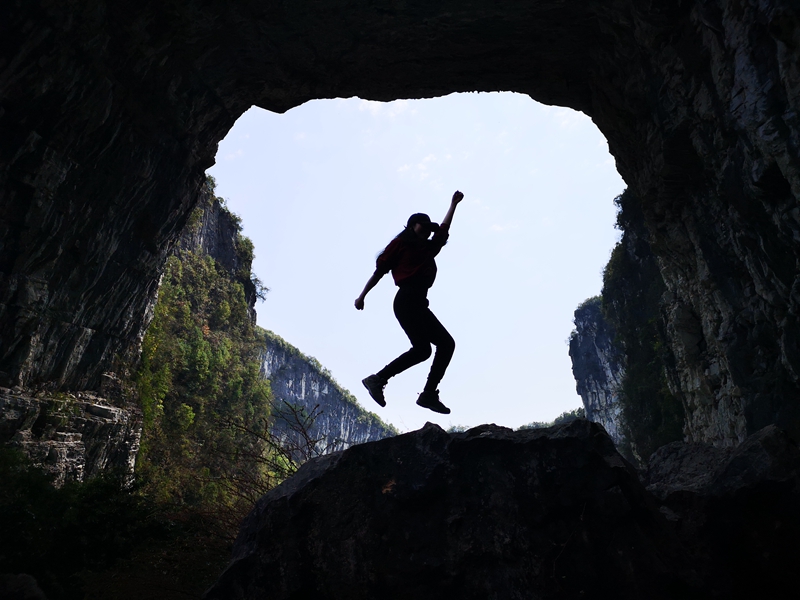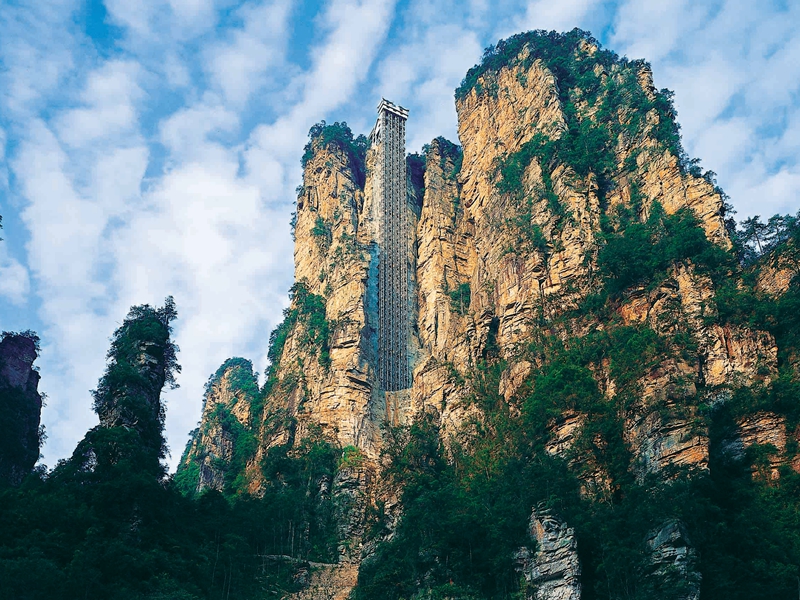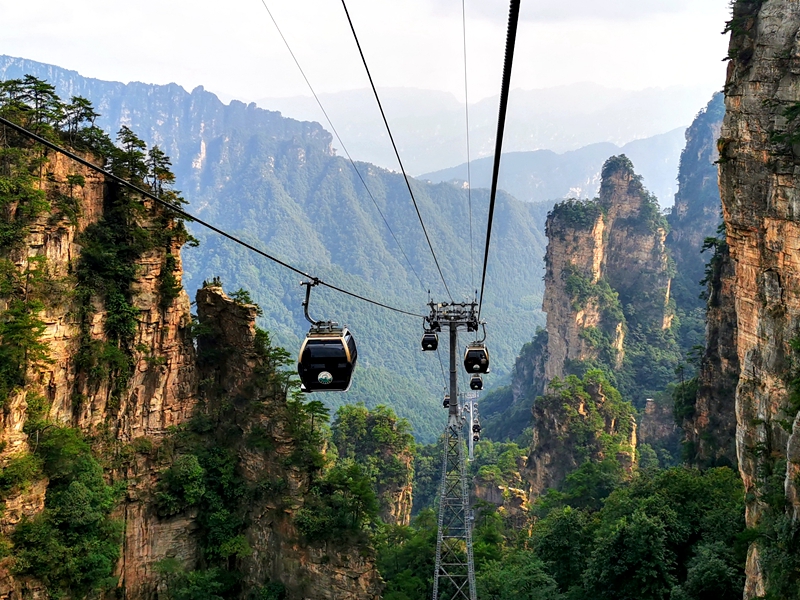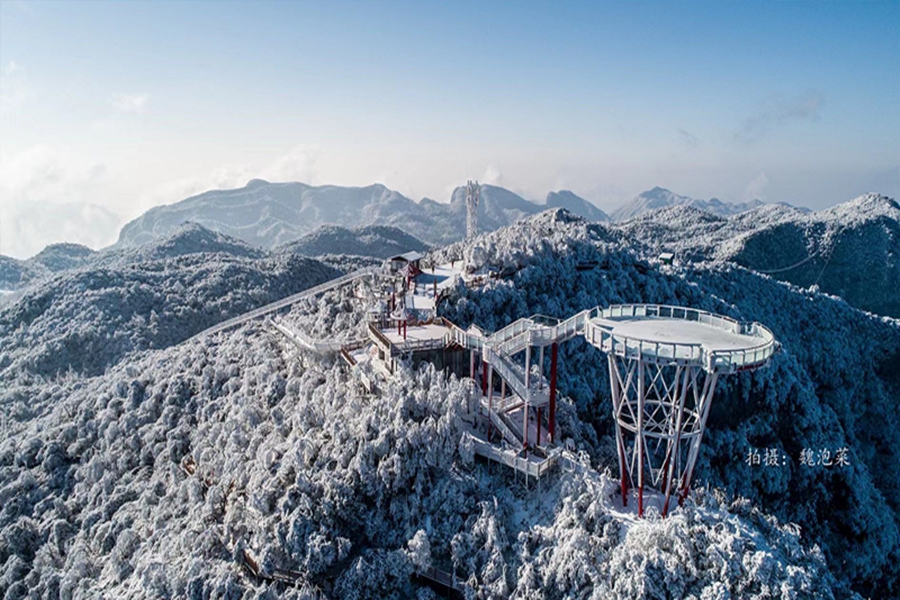
Xiangtan
Xiangtan Overview
Chinese Name: English IPA: Location: Population (city): Language: Zip code: Tel code: Time zone:
Xiangtan Travel Guide: Where History and Culture Converge
Nestled along the banks of the Xiang River in central Hunan Province, Xiangtan is a city steeped in history, renowned as the cradle of great minds and a witness to pivotal moments in China’s past. As part of the “Golden Triangle” with Changsha and Zhuzhou, it blends revolutionary legacy—home to iconic figures like Mao Zedong’s early stomping grounds—cultural heritage in ancient temples, and riverside natural beauty into a unique travel experience rich with stories of innovation and tradition.

Xiangtan’s Enduring Historical Narrative
Xiangtan, historically known as “Tanzhou,” boasts a heritage stretching over 2,000 years, deeply intertwined with China’s cultural and political evolution. Its roots as an administrative hub took hold during the Tang Dynasty (618–907), when it was formally established as a county, thriving as a river town along the Xiang River with bustling trade and agricultural prosperity. This foundation endured through dynastic shifts, and in 1950, after the founding of the People’s Republic of China, it officially became a city, marking a new chapter in its development.
Yet Xiangtan’s true claim to fame lies beyond administrative boundaries—it is a cradle of extraordinary talent that shaped modern China. As the hometown of revolutionary giants, it nurtured visionaries like Mao Zedong, whose early life in nearby Shaoshan laid the groundwork for a nation’s transformation, and Peng Dehuai, the revered military leader whose courage and integrity defined an era of change. Equally significant is its legacy in the arts: it is the birthplace of Qi Baishi, one of the 20th century’s greatest painters, whose delicate depictions of shrimp, flowers, and landscapes earned global acclaim. This unique blend of revolutionary spirit and artistic genius weaves through the city’s streets, residences, and cultural sites, making Xiangtan’s identity as rich and layered as its long history.
Attractions:A Guide to Revolutionary Legacy, Cultural Heritage & Natural Beauty
What to See in Xiangtan?
Along the Xiang River, Xiangtan blends stunning nature and profound heritage: over 100 attractions range from misty hills, clear lakes, and water-eroded caves like Dishui Cave to historic sites honoring its legends—revolutionary pioneers such as Mao Zedong and Peng Dehuai, and artistic masters like painter Qi Baishi, whose legacies live on in preserved residences and scenic spots that make every visit a journey through history and beauty.Xiangtan’s attractions weave together stories of revolution, art, and nature, offering something for every traveler:
Revolutionary Legacy
-
-
Shaoshan Scenic Area (Former Residence of Chairman Mao included):More than just a geographical site, Shaoshan is a spiritual cornerstone of China’s revolutionary heritage. At its heart lies the Former Residence of Chairman Mao—a simple yet profound farmhouse where Mao Zedong spent his formative years. Here, visitors step into rooms frozen in time: the humble bedroom, the study where young Mao first encountered ideas that would shape history, and the courtyard that witnessed his early dreams of national renewal. Beyond the residence, the scenic area weaves a narrative of revolution through monuments like the Mao Zedong Bronze Statue (a symbol of enduring respect) and the Shaoshan Revolutionary Memorial Hall. Interactive exhibits, historical artifacts, and guided stories bring to life the struggles, ideals, and sacrifices that defined an era. For anyone seeking to understand the roots of modern China, Shaoshan is both a classroom and a pilgrimage—a place where history breathes, and the past illuminates the present.
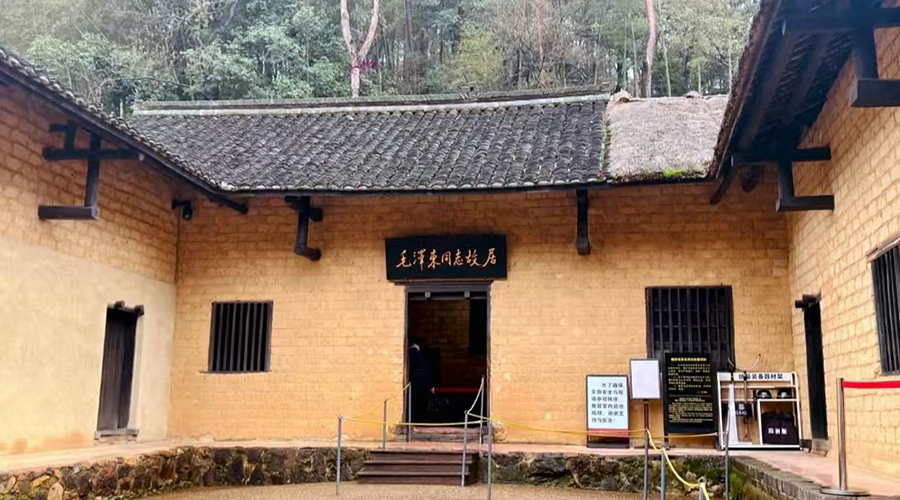
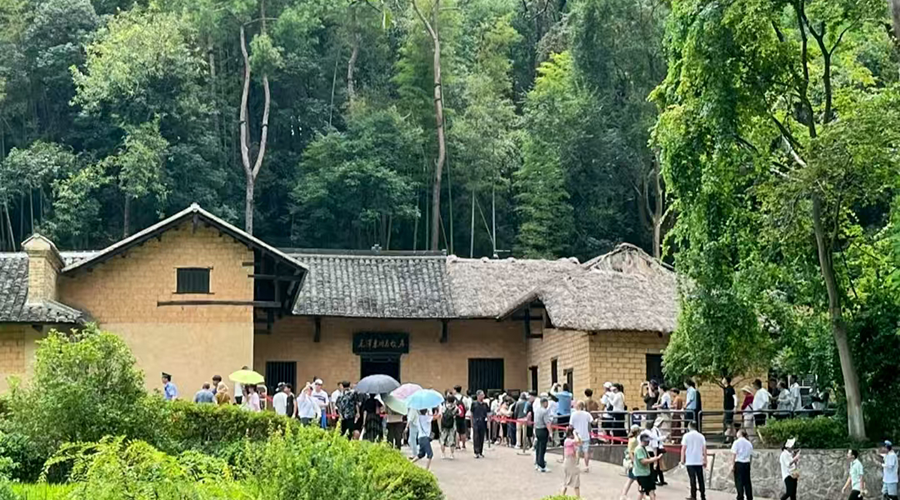
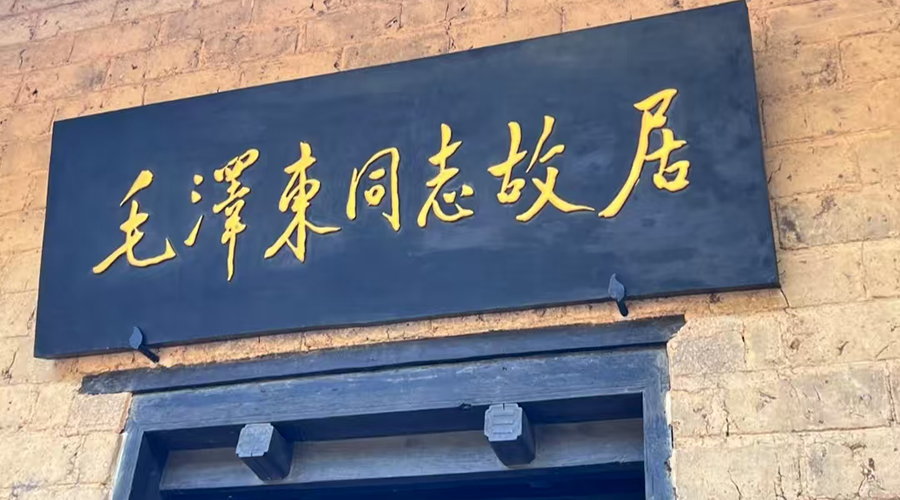
-
-
Peng Dehuai’s Former Residence:Tucked away in a quiet corner of Xiangtan, Peng Dehuai’s Former Residence is a living testament to the marshal’s unyielding spirit. The farmhouse itself—weathered by time but preserved with care—reveals clues to Peng’s character: simple furnishings reflect his humility, while old military maps and letters hint at his strategic brilliance. As visitors wander the rooms, they encounter stories of Peng’s childhood (shaped by rural hardship), his rise as a revolutionary general, and his unwavering commitment to justice (even in the face of adversity). Outside, the courtyard overflows with symbolism: a gnarled tree stands as a metaphor for resilience, and a small exhibition hall displays personal items—from his worn-out boots to handwritten manuscripts—that bridge the gap between legend and humanity. This site isn’t just about remembering a hero; it’s about feeling the weight of his legacy—a reminder that revolution is built on the courage of individuals who dare to fight for what’s right.
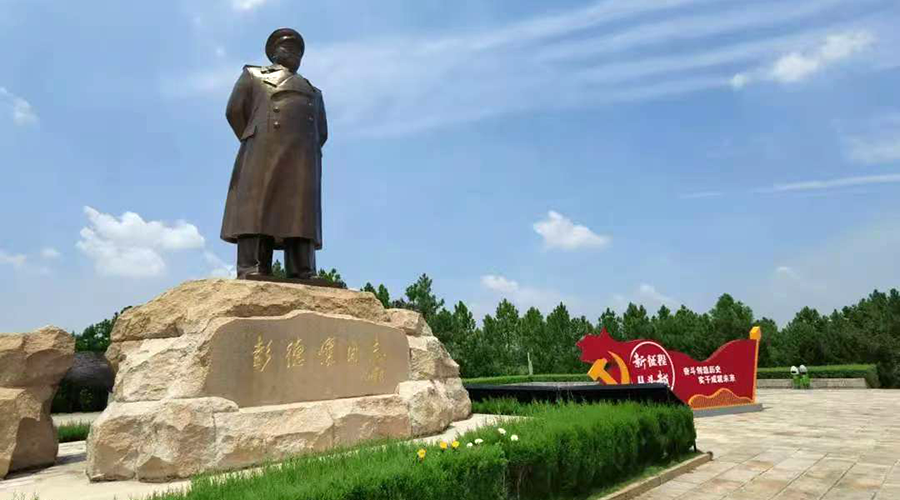
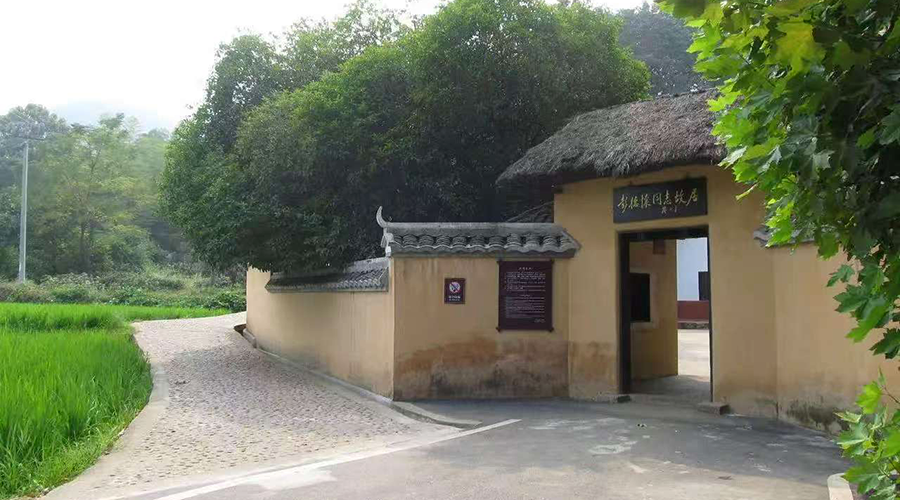

Cultural Heritage
Natural Beauty
Special Food in Xiangtan
The most famed Xiangtan food is taken as Mao dishes which suggest the dishes and food were what Mao Zedong preferred. Now, Mao style dishes are popular in the different cities of China. The city is celebrated for its savory Braised Pork with Fermented Soybeans, a hearty dish slow-cooked to tender perfection, beloved by locals for its rich, umami depth. Another standout is Spicy Cured Fish Stew, where air-dried fish simmers with chili and ginger, releasing a fragrant aroma that fills streets. These dishes, passed down through generations, capture Xiangtan’s bold, earthy taste profile, making them must-tries for food lovers exploring the region.
-
-
Lotus Seeds Sweet Soup:A classic Hunan dessert using fragrant lotus seeds from Xiangtan’s Dongting Lake area (Huashi and Zhonglupu are top producers), where fertile wetlands and mild climate nurture lotus to perfection. White lotus seeds here are plump, pure-white, glutinous, and sweet—China’s best, prized for no bitterness and delicate texture. Harvested by hand in late summer-autumn, seeds are peeled, dried, stored to preserve sweetness before becoming this treat. Simmered with rock sugar, a touch of osmanthus, and sometimes red dates/longans, the soup balances warmth and sweetness. Served hot in earthenware, it’s a staple at gatherings and festivals, soothing against Hunan’s spicy dishes. More than dessert, it embodies Xiangtan’s agricultural wisdom, turning local ingredients into comfort—an elegant symbol of Hunan’s sweet heritage, cherished by all.
-
-
-
The Motherland Is Red All Over (Steamed Fish Head with Chili Peppers):Originally named “Steamed Fish Head with Chili Peppers,” this iconic dish features a plump bighead carp head—selected for its tender flesh and rich collagen—cooked in a secret spicy thick sauce passed down through local families. The sauce, a blend of fermented chili paste, Sichuan peppercorns, garlic, and Xiangtan’s signature soy sauce, simmers with the fish to infuse every bite with depth. Its bright-red color, from liberal use of fresh red chilies and chili oil, mirrors its fiery personality, while the rich aroma of ginger and star anise fills kitchens as it steams. The bold, numbing-spicy flavor highlights Xiangtan’s love for spicy, vibrant cuisine, often served with steamed rice to balance the heat and make every mouthful satisfyingly robust.
-
-
-
Mao’s Home-style Braised Pork with Soy Sauce:A favorite of Mao Zedong, this dish uses half-fat, half-lean pork braised in high-quality soy sauce and a touch of sugar. The pork is first simmered to remove impurities, then slow-cooked over low heat, allowing the sauce to seep into every tender bite. Its rich, savory-sweet flavor comes from a careful balance of aromatic spices like star anise and cinnamon. Tender and flavorful, it’s more than a meal—it reflects the warmth of traditional Xiangtan home-cooking, carrying the cultural heritage of family gatherings and the simple joys of rustic cuisine passed down through generations.
-
-
-
Young Chicken with Cayenne Peppers:A typical Hunan spicy dish: a 0.5-kg young hen (raised within the year, prized for tender, juicy meat) is first marinated in Shaoxing wine and ginger to remove gaminess, then stir-fried until golden with fiery cayenne peppers, garlic, and spring onions. The addition of yellow vinegar adds a subtle tang that cuts through the richness, balancing heat with brightness. The chicken pieces, crispy on the edges yet tender inside, soak up the spicy sauce, while fresh chili seeds cling to every bite for an extra kick. Golden-yellow, fiery, and aromatic with the scent of Sichuan peppercorns and sesame oil, it’s often served hot in cast-iron pans to keep the heat and flavor intact, perfectly embodying Hunan’s bold, spicy culinary style.
-
-
Fried Shredded Ox Tripe with Sliced Bamboo Shoots:A beloved Muslim-style dish with deep roots in Xiangtan’s diverse food culture: tender ox tripe is first boiled with star anise and cinnamon to soften, then chilled and shredded into thin strips. It’s stir-fried over high heat with crisp, seasonal bamboo shoots (sliced thin for crunch), fiery dried chili peppers, and fragrant green onions. A splash of light soy sauce and a pinch of five-spice powder elevate the savory notes, while a final toss with sesame oil adds aroma. Crisp from the bamboo shoots, chewy from the tripe, and zesty from the spice, it balances textures and flavors, making it a popular choice for both meals and snacks, adding rich diversity to Xiangtan’s vibrant food scene.
Xiangtan Beckons to Enchant You
Xiangtan is more than a city; it’s a tapestry of history and heart. It is a place where revolutionary legacy and artistic genius converge—where the echoes of past struggles linger in hallowed memorials, and the brushstrokes of a master painter breathe life into cultural heritage. Here, rivers cradle ancient tales as the Xiang River flows past timeless villages, and lush mountains embrace both natural wonders and the spirit of great minds. Every step through its lanes reveals stories of resilience, every bite of braised pork or spicy fish stew carries the warmth of home-cooked tradition, and every corner of its gardens and temples whispers of centuries of culture. For those seeking a destination that blends depth with charm—where history feels alive, and every moment connects you to China’s soul—Xiangtan shines as an unmissable treasure in Hunan’s rich travel landscape.
Other Destinations in Xiangtan
Xiangtan Attractions
Xiangtan Tours
The classic Shaoshan highlights are Covered in different Shaoshan tours, These trips dip into the multinational and friendly Shaoshan with the amazing tours like Maozedong former residence tours, Tour to The dripping water cave. [...]
climate
Transportation
More Xiangtan Transportation >>
Ethnic Culture
More Xiangtan Ethnic Culture >>
Travel Tips
Maps and Photos
More Xiangtan Maps and Photos >>
Xiangtan Accommodation
More Xiangtan Accommodation >>
